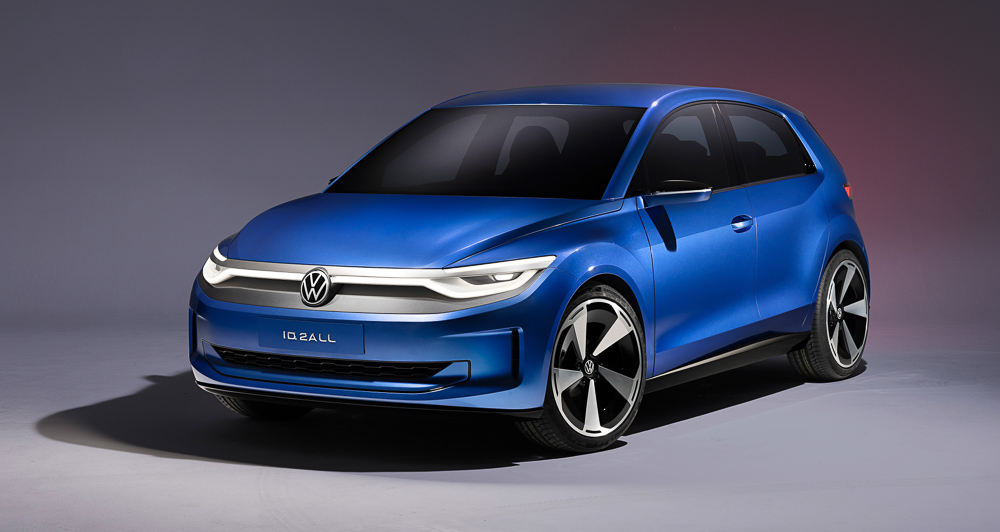
Volkswagen may have big plans for electromobility, but there aren’t exactly many electric models in the lineup right now. To change that, the Germans are working hard on additional members for the ID family, and the little EV you see here is the latest addition.
Say hello to the ID.2all, a close-to-production concept that is almost as big as a Golf but cheaper than the ID.3. Already being called an “electric Polo” by some, it has 450km of range and 490L of luggage space, and will be priced below €25,000 (P1.44 million). Tesla and the others had better watch out.
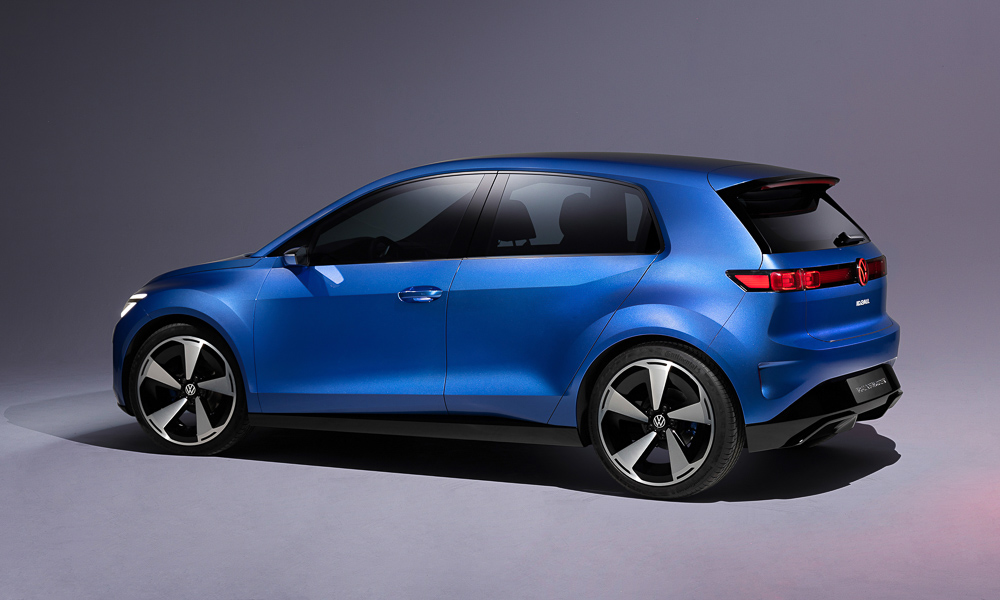
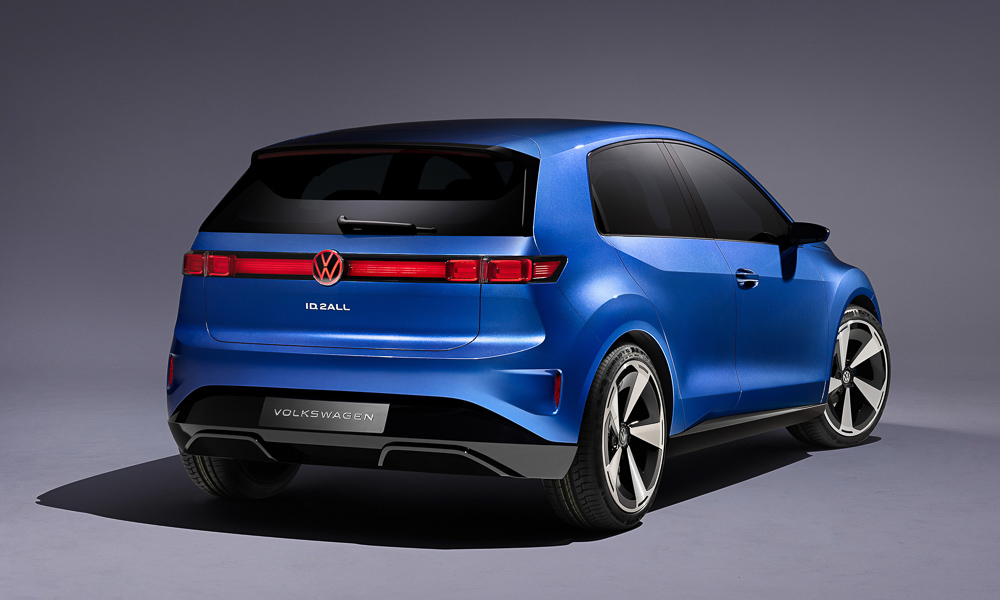
The five-door ID.2all—or simply ID.2 as it will be called when it hits showrooms in 2025—is only 4.05m long, which is 2cm less than a current Polo.
Unlike its combustion-engine cousin, it is 7cm wider at 1,812mm and up to 10cm taller at 1,530mm, making it a decent-sized proposition for a small family car. Its size also places it slap bang between the Polo and the T-Cross, but with more generous luggage space.
Trunk volume is 490L with the seats up and a whopping 1,330L with the seats folded, which are tidy numbers in this vehicle class.
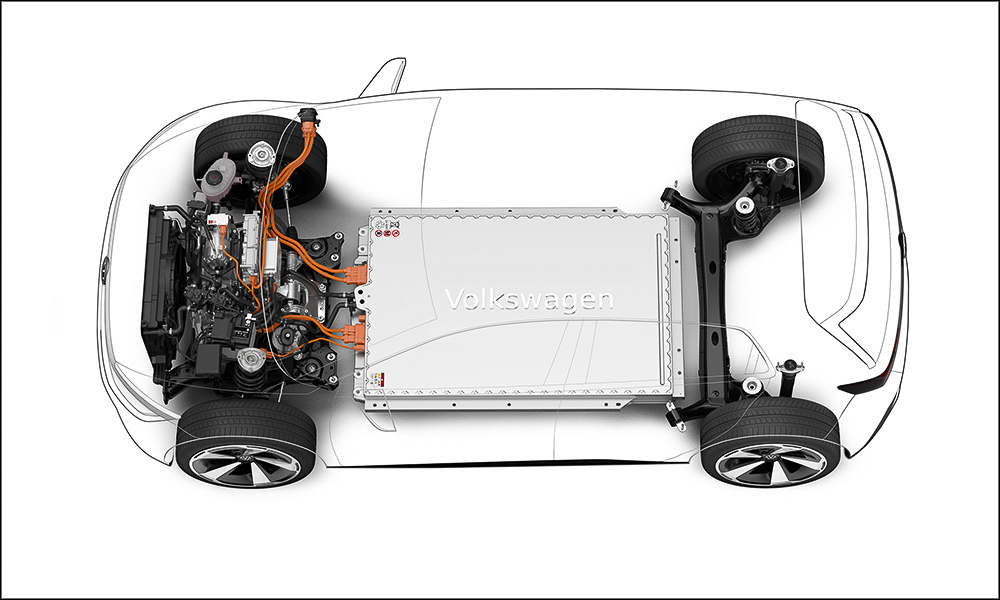
Despite its compact size, the new ID model promises a decent range at around 450km under WLTP standard, and can be recharged from 10% to 80% in a mere 20 minutes with the right CCS charger.
This indicates a battery capacity of ID.3-like 58kWh, which is impressive and made possible by the use of the new MEB Entry platform that is specifically designed for smaller and cheaper EVs.
Power is given as 166kW or 226hp, which is pretty decent for a little runabout and enables it to sprint to 100km/h from a standstill in under seven seconds. The top speed of this front-wheel drive machine is stated as 160km/h, which seems plenty enough.
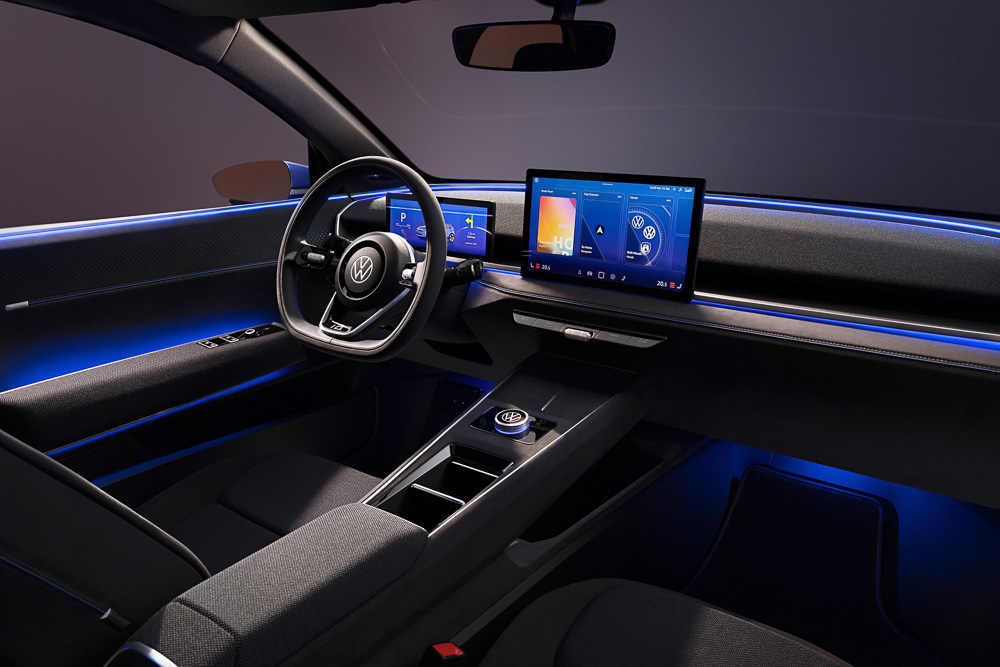
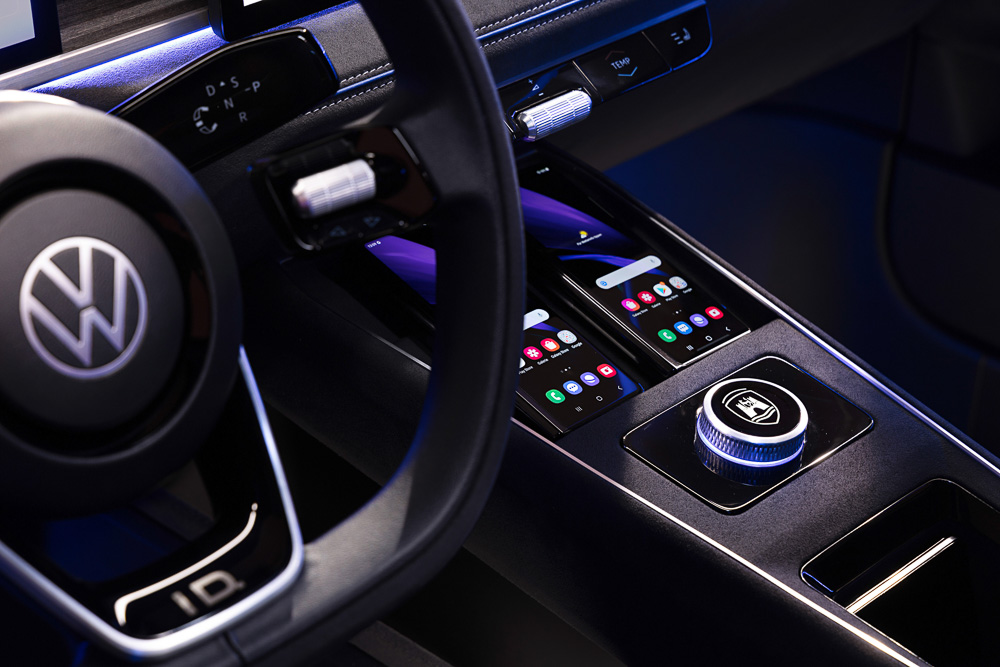
One look at the interior tells us that VW has clearly listened to criticism about the user-friendliness of the different touch and slide controls in the other ID models. Plenty of people were getting frustrated with the touchscreen overkill, and the ID.2 presents a welcome return to a simpler and more physical way to operate the car’s various functions.
The badly designed touch-controlled window buttons are gone, replaced by proper physical ones that are easier to use. A small number of physical controls, such as for the aircon, have been added, and there is a central rotary interface to control entertainment and other options on the 12.9-inch center screen.
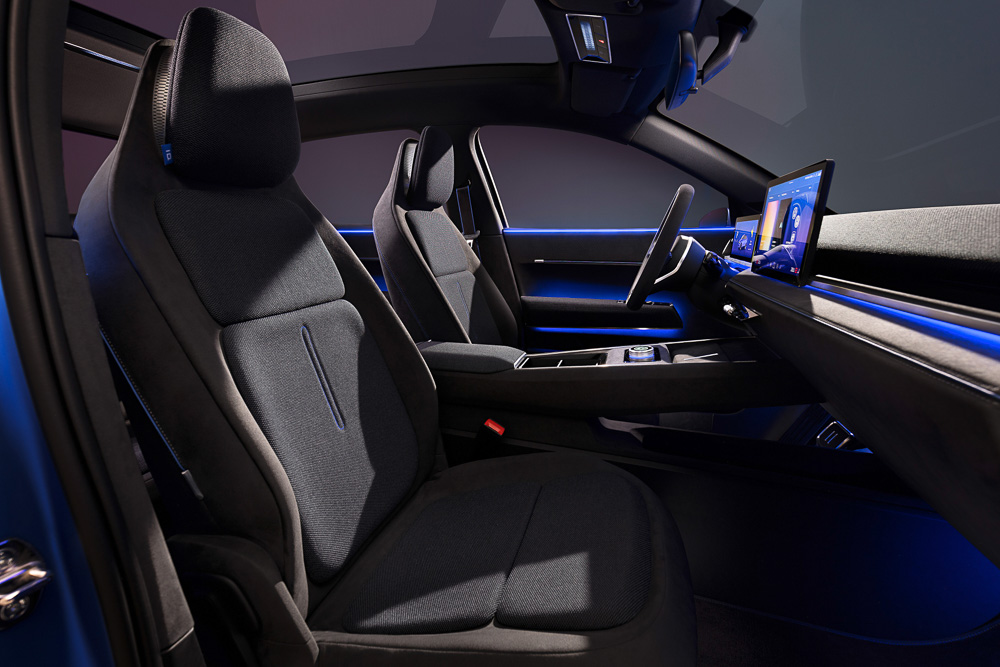
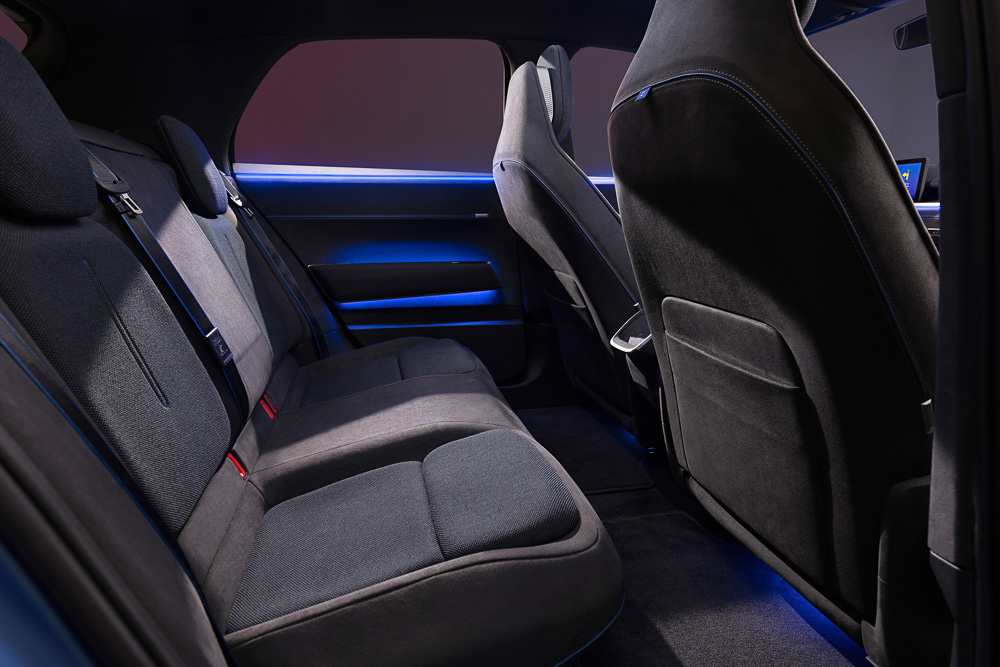
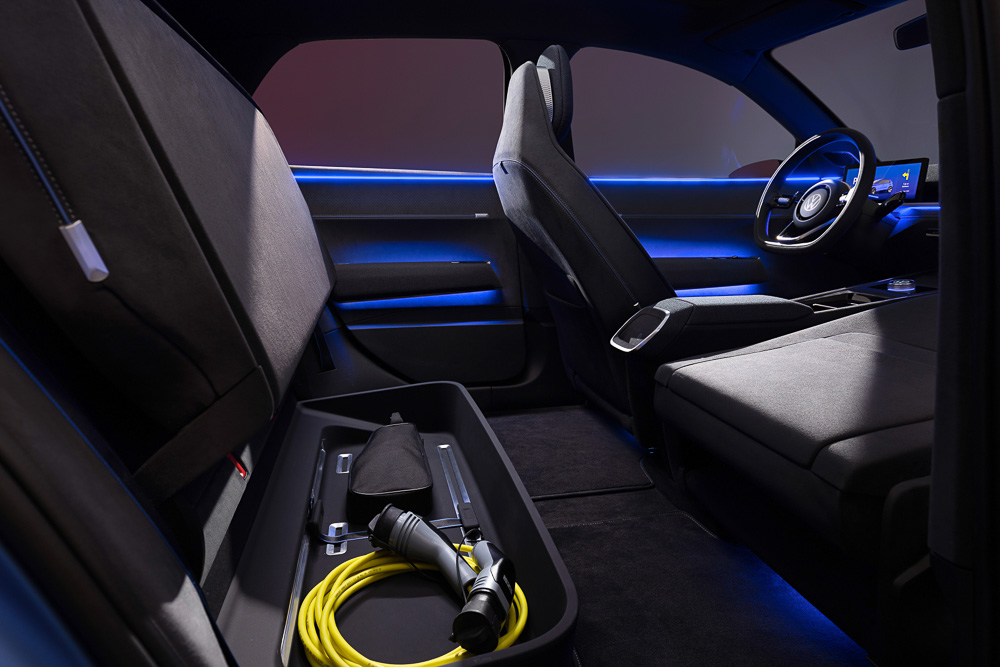
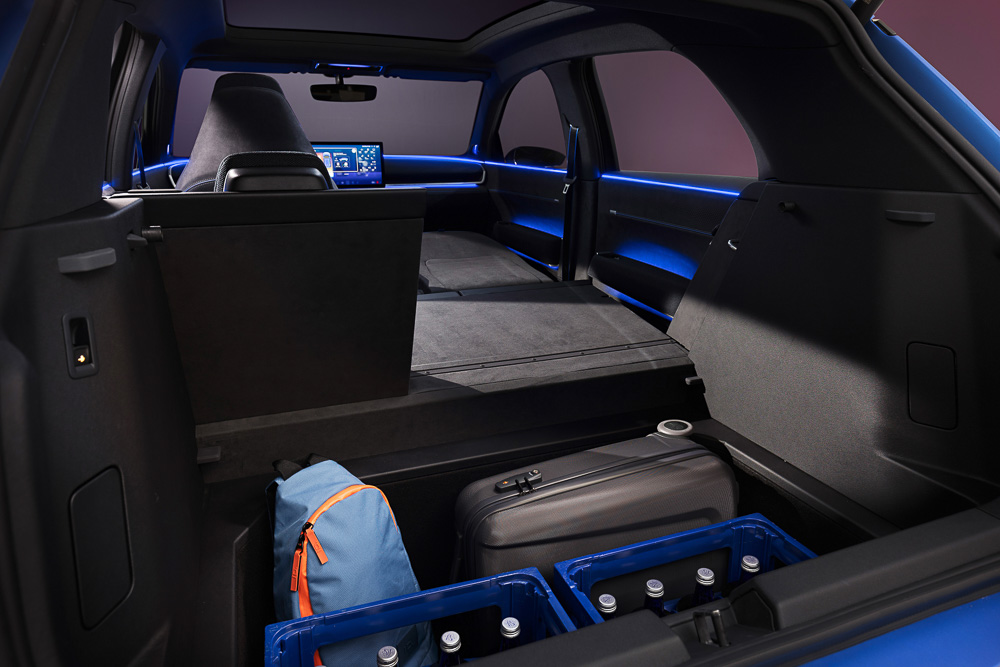
The driver looks at a 10.9-inch display that can either show the generic cockpit view or—and this is neat—give you a digital version of cockpits from days gone by, such as the original Beetle or Golf.
Everything on the ID.2all looks scaled back, rethought, and somehow better than on the current ID.3, ID.4 or ID.5 models. The cabin looks welcoming and spacious, while mood lights add a bit of atmosphere. And if the aimed price point is becoming a reality, then this could well become the first proper electric Volkswagen—meaning a car for the masses.
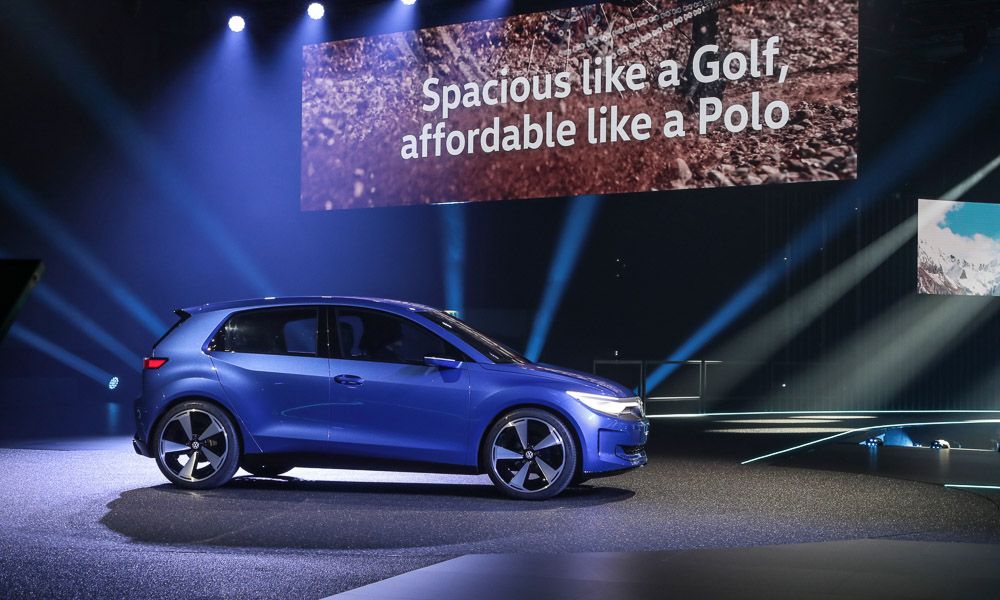
It’s also not going to be the only little EV from the firm. During the unveiling of this concept, VW also mentioned that a crossover version is planned for 2026, and a sporty version might also be in the cards.
Then there’s still talk about an even cheaper EV for the sub-€20,000 (P1.1 million) segment. Rumors are that there is still strong interest within VW to build such a vehicle, so maybe we will even see an ID.1 in the not-too-distant future.
For now, we just hope the ID.2 will make it to production soon, and then to our shores as well. As nice as EVs are, some of the price points—not just at Volkswagen—made them hard to justify for buyers. If the electric revolution is to happen, we have to be able to afford it. It seems the Germans have understood that now.


0 Comments